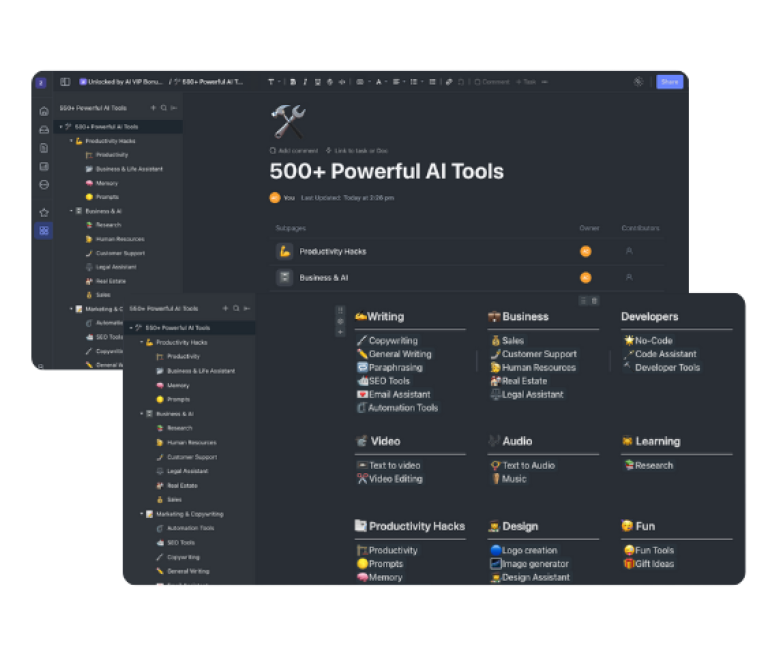When you onboard your virtual assistant is an important part of hiring your virtual assistant.
It gets them “on board” with your company so that they’re ready to start working on the tasks you’re giving them.
It also kicks off your relationship with your VA on the right foot.
Download our How to Hire Your First Virtual Assistant Report
Share Your Business’s Vision and Values
Your virtual assistant needs to understand exactly what your business is all about.
Start your onboarding by teaching them the unique value you offer to the market.
Show them what sets you apart and convey to them the principles that are at the core of your business.
You need to be on the same page before you start delegating work to them.
Resource: The Onboarding Checklist For Successfully Starting Your Virtual Assistant
Training Your VA
A major part of your VA’s development is the training you give them when they are first hired.
Even with years of experience doing the work you want them to do, they won’t know your unique systems and processes.
Training is especially challenging because you don’t see them face to face, but you can take advantage of online tools.
What’s important is to create a good training plan before you hire a VA.
Your Training Content
Create content that you can use along with your online training sessions.
Even if you explain the process step-by-step, this content will still be extremely helpful.
Your VA can refer back to it when needed.
This content could be:
- Step-by-step instructions
- Flowcharts
- Visuals, including screenshots
- Video tutorials that show you doing the work
- Information resources
Your content can include a mix of the above.
Try to imagine what type of content would be most helpful for your VA and create it accordingly.
You may also ask them if there’s additional content they need you to provide.
Hold Regular Sessions
It depends on the nature of the work you’re outsourcing, but you’ll probably need more than one training session.
Your VA might have questions or issues along the way.
It’s best to set up regular training sessions where you can take their questions, offer feedback, and help them if they’re getting stuck somewhere.
Tips and Best Practices for Onboarding Your VA
Provide Plenty of Tools. Use a project management tool or other online tools to help your VA work with you.
Create a Team. Once you start hiring more virtual help, welcome each person to the team. Introduce them to each other, even if they work on separate tasks.
Give Your VA an Idea of What It’s Like to Work with You. As part of onboarding, explain to your VA your personal style, how you communicate, how you feel about collaboration, and so on.
This will help to set expectations.
Seek Feedback and Questions. It’s rare that a VA won’t have any questions at all, and they may be shy about asking.
Be proactive in finding out what your VA needs from you.
Want to learn more about how to successfully outsource to a virtual assistant and grow your business?
We’re offering a full course here that teaches you how to do it.









